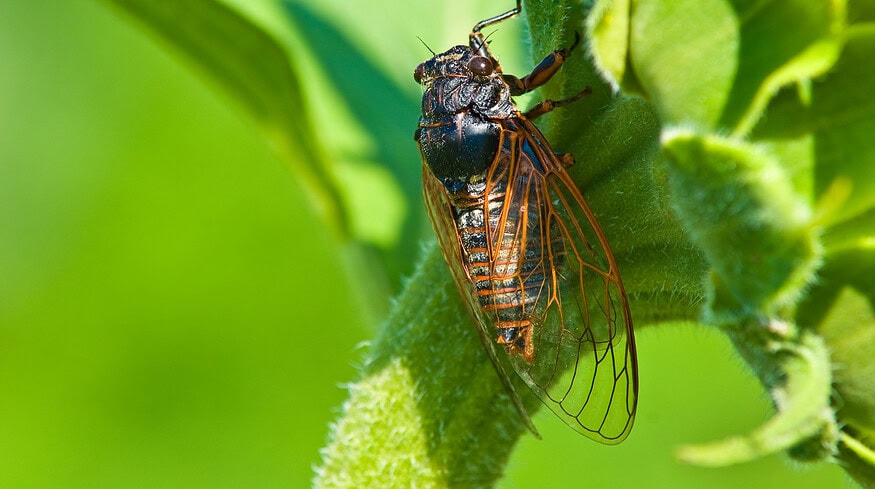Illinois hit by historic cicada wave

Residents of Illinois are currently experiencing what many describe as a “cicada chaos,” with billions of insects emerging after 17 years underground. This event, part of a dual periodical cicada emergence, has transformed local landscapes into a buzzing hub of activity. The ground itself seemed alive at night as nymphs crawled up trees to shed their skins and mature into noisy adults.
The air, trees, and even passersby in areas like Ryerson Conservation Area north of Chicago are now inundated with red-eyed cicadas. Biologist Gene Kritsky, who has studied these insects for over 50 years, likened the scene to something “biblical,” noting the extraordinary density and behavior of the cicadas. Some spots have recorded up to 1.5 million cicadas per acre, creating an overwhelming chorus that in some areas reached 101 decibels—louder than a lawnmower.
The spectacle is part of a series of rare natural events in the U.S. this year, following a solar eclipse in April and unusual Northern Lights in May. Unlike these fleeting phenomena, the cicada emergence lasts much longer, gradually winding down after weeks of activity.
Local responses vary, with some residents fascinated by the phenomenon, while others are overwhelmed by the noise and sheer number of insects. The cicadas have become not just a local curiosity but a draw for international visitors as well, with people traveling from as far as Japan and Germany to witness the event firsthand.
Despite the inconvenience for some, cicadas play a crucial role in the ecosystem, providing aeration for the soil and serving as food for numerous predators. As this natural spectacle begins to fade, scientists and enthusiasts alike continue to study and marvel at the resilience and peculiarities of these periodical cicadas.
Enjoyed this story?
Every Monday, our subscribers get their hands on a digest of the most trending agriculture news. You can join them too!















Discussion0 comments